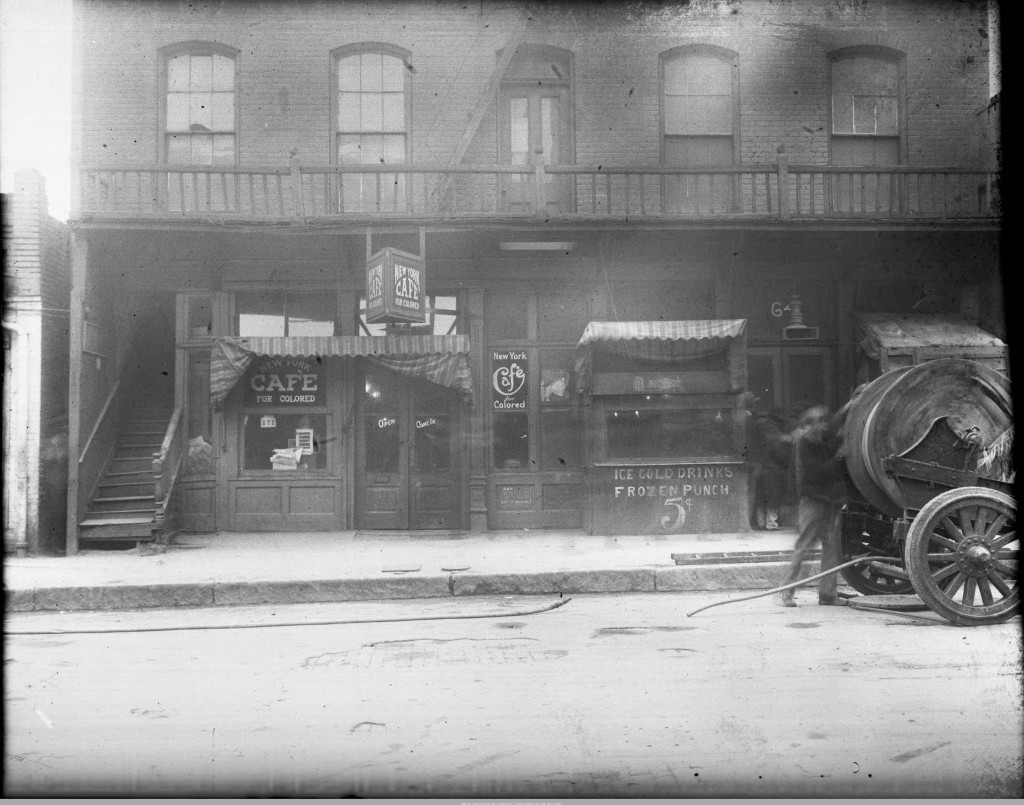The Weeks Just Keep on Getting Busier!
Hey guys!
This was another pretty productive week! Andrew and I ran two workshops in how to use Agisoft PhotoScan. The first workshop had no turnout unfortunately–but our second one this past Friday had a few very interested and excited people come along. I explained how the software worked and showed some examples of running through the workflow of building a 3D model based on a set of photographs. It’s a pretty awesome software package–but also needs some finesse i understanding the settings to get better results. These settings are key, because a single set of photographs has the potential to have great alignment–or not–all dependent on which settings one uses. I beseech someone to come out to the next set of workshops we hold this semester! We have the software installed on all out computers and that means we can start doing a lot of on-the-fly modeling in the workshops with various groups working at different workstations!
Next week my goal is to finish figuring out how to create a 3 cube based on a list of points rather than just a 2D plane–I’ve tried and failed a few times already so I have to go back to reading up on the workflow surrounding the triangle stripping. I’ll be excited to share with you next week what I figure out! This will help get our buildings accurate in in the 3D reconstruction of Decatur St–because I can start inputting accurate measurements for buildings that don’t follow a strict right-angle cubic polygon–which is all the buildings and sidewalks. We have another meeting scheduled with Michael Page from Emory coming up as well to start learning how GSU and Emory can team up to get this project running faster.
The last thing I want to mention is digital signage and some cool ideas we have about it for our campus. We’re in the process of linking two iPads together through a live video stream with the goal of creating a ‘portal’ around campus. One screen may be set in the student center, while another might be set in the plaza. This will allow students to see one another an interact from different places across campus in a novel little portal-like window. If the venture goes well–we may add more so be on the look out!
Cheers,
Robert


